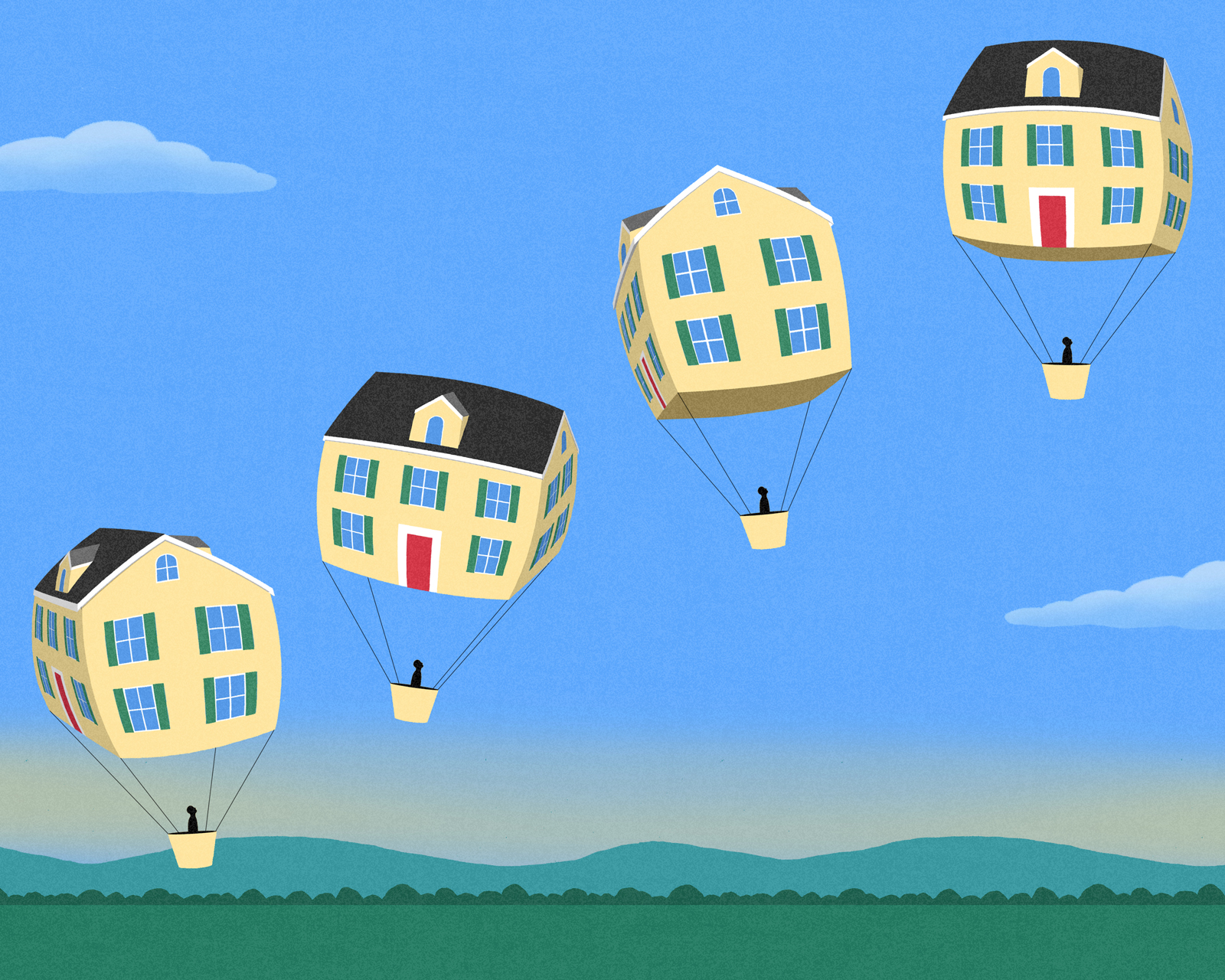Associate professor of business and Jeffrey L. and Cindy M. King Faculty Fellow in Businesss

Although the United States economy has not experienced hyperinflation, such as doubling prices every 15 hours in 1946 in Hungary, we observed 8.6% annual inflation in the Consumer Price Index in March 2022, the highest rate since 1980. Gasoline prices increased by 48% and food prices increased by 8.8%. Compared to these rates, a 5% inflation rate for shelter rents appears moderate.
But is it true?
The catch is that CPI rents are mostly based on surveys of renters living in the same unit from previous years. When renters are asked about rent changes over the previous six months, approximately half of them would answer zero because they did not renew their lease. The remaining half probably did not experience outrageous rent increases, given that they chose not to move out. What’s missing in the data are significant rent revisions between longstanding and new tenants.
In an attempt to shed light on this shortcoming, my Penn State colleague Brent Ambrose, Jason and Julie Borrelli Faculty Chair in Real Estate; former Penn State Colleague N. Edward Coulson, now professor of economics and director of the Center for Real Estate in the Paul Merage School of Business at the University of California, Riverside; and I use landlord-based data to construct the Marginal Rent Index (MRI), which aims to capture rent changes among tenants. Since our MRI leads the official rent index by seven months, recent MRI growth rates serve as a crystal ball for future official rent inflation. Our study is used by firms like Zillow and has been featured in major media outlets, including NPR.
In our latest update of the Penn State ACY Alternative Inflation Index, the annual MRI rent inflation rate has increased to 11% in April 2022 compared to 8% seven months ago. We expect further increases in the official rent index for several more months. Furthermore, because shelter rents account for one-third of the CPI consumption basket, our MRI suggests a 10.2% modified CPI compared to the official 8.3% rate in April.
In summary, measuring inflation is not as straightforward as it may appear and the impact of inflation on shelter is probably more significant than many believe.




